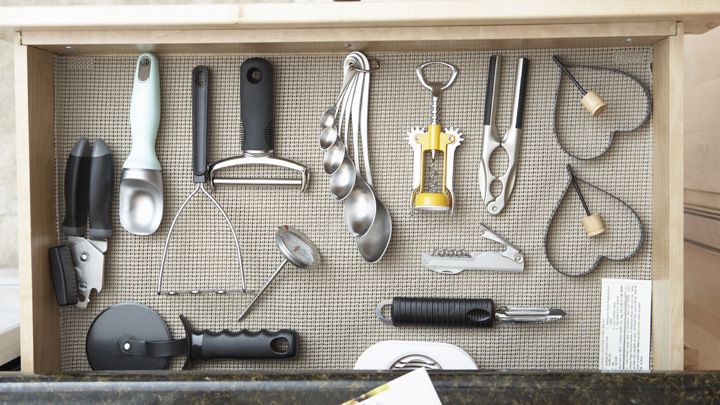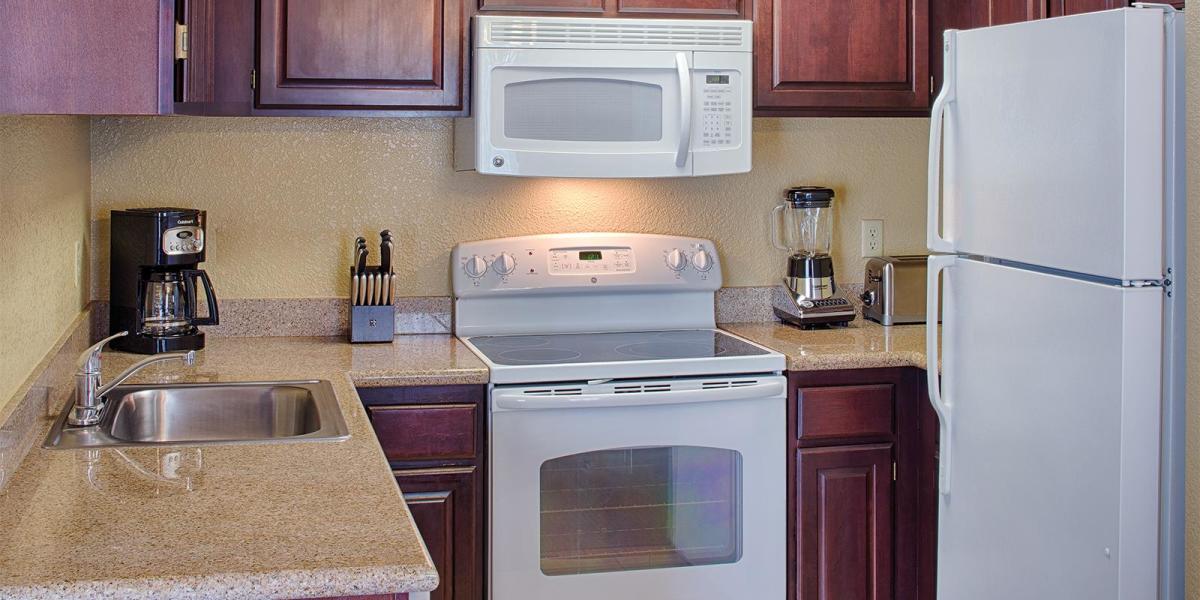
Also known as White BeetĪnd Spinach Beet, it was very common in England. A relative of the artichoke, the growing characteristics and Were first cultivated as a vegetable by the French and said to haveīeen brought to America in the 1790s by the Quakers. Varieties are available today. 'Broad Windsor' is one of the Popularity into the 19th century. Very few of the old named Similar beans have been excavated from Incaīurial sites in South America, there origination point.īeans are also known as "Broad Beans" or "Englishīeans". They were a common garden fare that lasted in Jefferson records using a "White Carolina" bean in hisġ794 Garden Book. Native of Mexico. Grown in Europe and early American gardens. Grew them in his gardens and documented them off and on from 1770 Has been cultivated since at least the 1500s. The Variety Name for Ordering Information If you have additional materials, eitherĪppropriate seed samples or source documentation, please consider making a List will be updated as new documentation becomes available and seed stocksĪre discovered and grown out. In characteristics to varieties described in primary source They are either actual varieties used in the period or close List contains varieties which are appropriate for an eighteenth-century kitchen Study published by the Colonial Williamsburg Foundation, "Most, maybeĪll, eighteenth-century varieties of Brassica (cabbages, kales, broccoli, etc.) have disappeared." 9

Many varieties are extinct or extremelyĭifferent from their ancestors. Agriculture, has drastically changed our potherbs and table vegetables in Said, locating "exact" varieties may be difficult or impossible. Garden, look for plants that fit your exact period and location. Obvious statement, but the popularity of varieties changed with time. In researching your With planting varieties appropriate for the region you are recreating, youĪlso should remember that the eighteenth-century was one hundred years long! An Seed trade really did not boom until the nineteenth-century. Gardeners, indigenous people. The commercial Traded within a community. Additionally, in the case of American Heirlooms (seeds passed down from generation to generation) or varieties that were locally Most plants that were grown in home gardens were either family Here for a list of locations that maintain period specific gardens.Īre several considerations to take into account when planning an eighteenth-century period garden. Opportunity of protecting and preserving heirloom seeds.

Very real setting for connecting with a time long passed and tasting foods that A garden with a historical period theme is an exciting prospect. It creates a


 0 kommentar(er)
0 kommentar(er)
